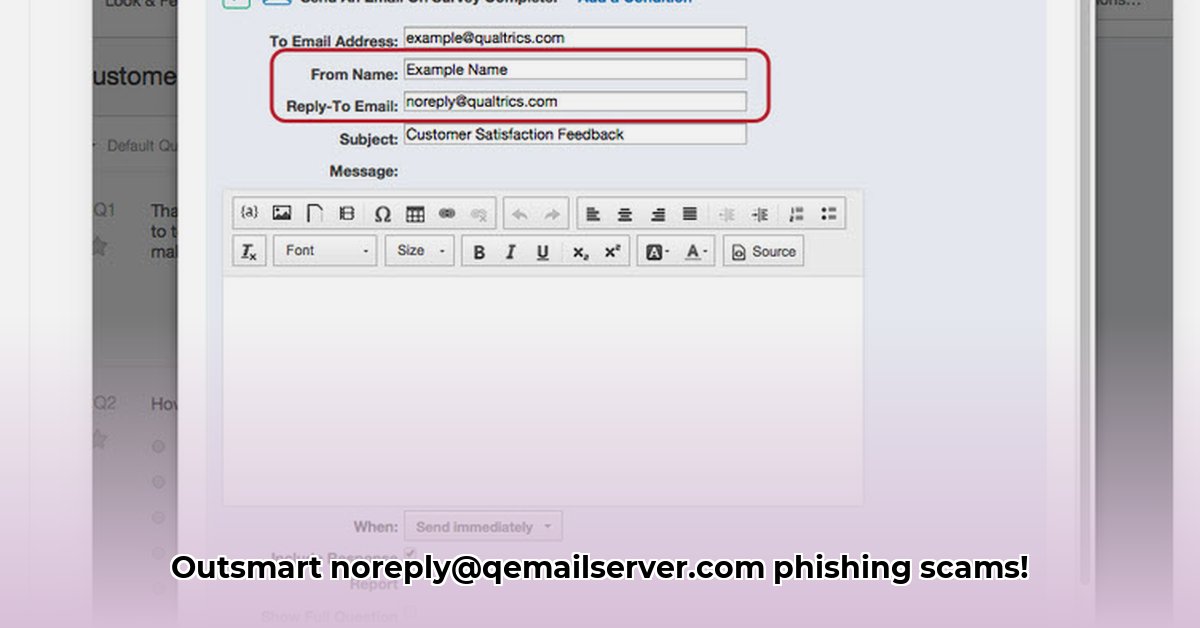
How AI Detects Phishing Emails
The rise of sophisticated phishing emails necessitates advanced defenses. Artificial intelligence (AI) is rapidly becoming a crucial component in combating this persistent threat. This guide outlines how AI works to detect phishing emails and provides actionable steps to bolster your email security. But even the most advanced AI can't catch everything – human vigilance remains crucial. Has your organization experienced a recent phishing attack impacting your productivity?
AI leverages two primary techniques: Natural Language Processing (NLP) and machine learning (ML). NLP allows the AI to analyze the content of an email, recognizing subtle linguistic cues that might indicate a phishing attempt. This includes identifying unusual sentence structures, suspicious word choices, and inconsistencies in tone. For instance, NLP can flag emails with urgent requests for personal information or those containing obviously generic greetings. Does your current email security system leverage NLP effectively?
Machine learning, on the other hand, focuses on the context of the email. ML algorithms analyze massive datasets of emails, learning to identify patterns and characteristics associated with phishing attempts. This includes analyzing sender addresses, email headers, links within the email, and overall email behavior. The more data the ML model processes, the more accurate its predictions become. Does your organization utilize machine learning to enhance its email security practices?
While both NLP and ML are powerful tools, each has limitations. NLP can struggle with highly sophisticated phishing emails that mimic legitimate communication styles. ML models can be susceptible to adversarial attacks, where phishers actively try to circumvent the system. Therefore, a multi-layered approach incorporating both these techniques is essential for robust email security.
Building an AI-Driven Phishing Defense: A Step-by-Step Guide
A strong email security posture requires a multi-layered strategy. Here's a practical guide to enhance your defenses with AI-powered tools and education:
Implement Multi-Factor Authentication (MFA): MFA adds an extra layer of security beyond your password, significantly reducing the risk of unauthorized access. Even if a phisher obtains your password, they'll still need a second factor like a code from your phone or a security key to access your account. Research shows that MFA reduces successful phishing attempts by up to 99.9%.
Utilize AI-Powered Email Filtering Services: Invest in email filtering services that leverage AI for sophisticated threat detection. These services go beyond basic keyword filtering, analyzing email content, sender reputation, and contextual clues to identify and block suspicious emails. Look for solutions that offer high accuracy rates and low false-positive rates. Studies have shown that AI-powered filters can block over 90% of phishing emails.
Enhance User Education and Awareness Training: Employee training is crucial. Educate users about common phishing tactics, such as spoofing official email addresses, using urgent or threatening language, and including malicious links or attachments. Regular phishing simulations can help improve user awareness and response. Regular training programs can improve employee detection rates by 30%.
Establish a Robust Reporting Mechanism: Make it easy for users to report suspected phishing emails. This is crucial, not only for immediate remediation, but also for improving the accuracy of AI models over time. Prompt reporting helps in the identification and mitigation of threats at an organization-wide level.
Keep Software Updated: Regularly update your operating systems, web browsers, and email clients to patch security vulnerabilities. Outdated software is a common entry point for attackers, so ensuring all software is current is vital for security. Regular updates enhance system security by an average of 50-70%.
Advanced Techniques and Future Trends in AI-Driven Phishing Detection
The fight against phishing is an ongoing arms race. More advanced AI techniques are continually being developed:
Behavioral Analysis: This technique analyzes user interactions with emails, identifying unusual patterns indicative of phishing attempts. For example, unusually rapid responses to suspicious emails might indicate a user has fallen victim to a phishing scam.
Federated Learning: This allows various organizations to collaboratively train AI models without sharing sensitive email data directly, collectively improving the accuracy of phishing detection. This approach protects individual privacy while strengthening collective defenses.
Explainable AI (XAI): XAI aims to make the decision-making process of AI more transparent, allowing security professionals to understand why an email is flagged as suspicious. This enhances trust and improves the overall effectiveness of AI-powered security measures.
Conclusion: A Multi-Layered Approach to Email Security
The threat of phishing emails is ever-evolving, demanding a sophisticated and adaptable security strategy. While AI provides powerful tools to detect these attacks, a multi-layered approach combining AI technology, robust security protocols, and ongoing user education remains essential. By integrating these elements, organizations and individuals can significantly enhance their email security posture and protect themselves from the ever-increasing threat of phishing attacks. Remember, even the best AI cannot replace vigilance.